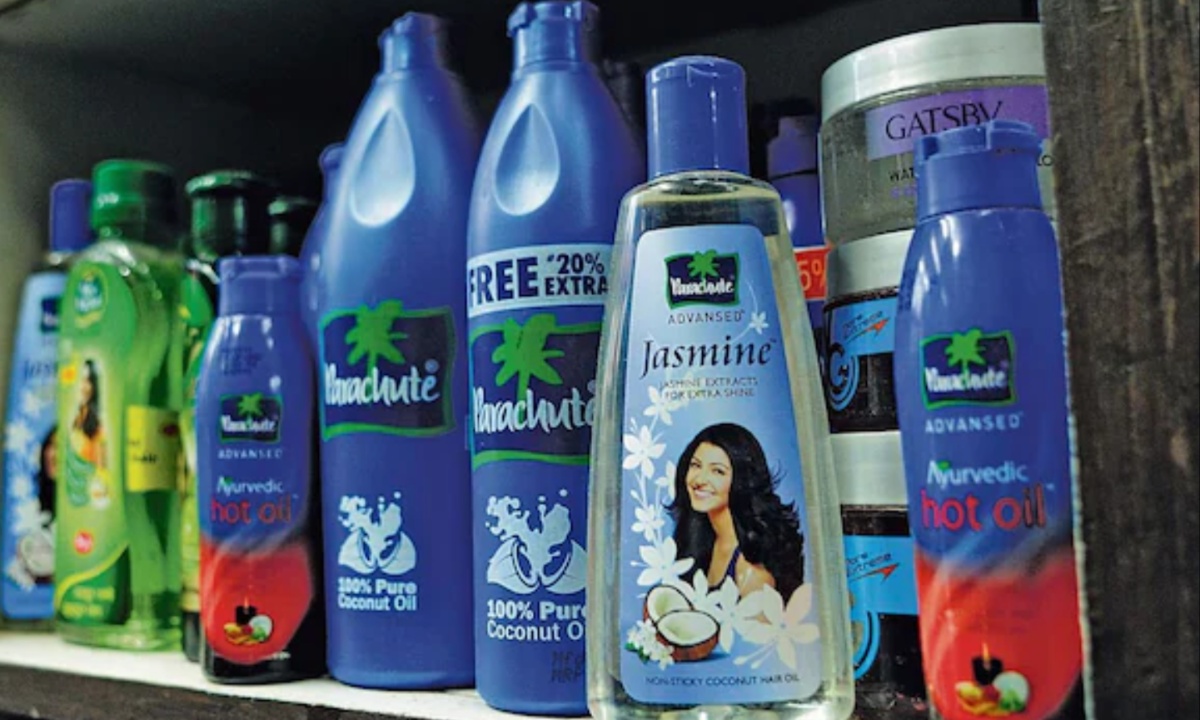India’s Marico, the company behind the popular Saffola and Parachute packaged oil brands, announced an earnings report for the April-June quarter that exceeded expectations. Their consolidated net profit for this period rose by 8.7% to 4.64 billion rupees ($55.4 million), slightly surpassing analysts’ forecast of 4.63 billion rupees. This positive financial performance highlights the company’s ability to maintain strong demand for its products.
Marico’s total revenue from operations saw a significant increase of 6.7%, reaching 26.43 billion rupees. This represents the largest growth in over two years, driven primarily by a 7.4% revenue increase from its Indian market, which constitutes three-fourths of the company’s total revenue. Both of Marico’s key product segments—cooking oil and hair oil—experienced growth, with higher sales volumes contributing to the revenue boost.

Marico Exceeds Expectations with 8.7% Rise in Q1 Net Profit, Driven by Strong Sales in India
The company’s growth was fueled by diverse factors. The Parachute hair oil segment benefited from higher prices, while the Saffola cooking oil segment saw improved performance due to recent price reductions. Marico’s positive outlook suggests that the upward trend in revenue is expected to continue, including growth in its international markets. This forecast aligns with the company’s expectation of increasing earnings for the current financial year.
Marico’s shares reacted positively to the news, rising by 2.1% to 676.6 rupees, marking a year-to-date gain of over 23%. This rise reflects investor confidence in the company’s continued profitability and growth prospects. The stability in edible oil prices also supports higher profits for branded oil sellers, as seen with competitors like Adani Wilmar and Patanjali Foods.
In the broader consumer goods sector, results have varied. While Marico and its competitors reported solid profits due to stable edible oil prices, other major companies like Hindustan Unilever and Nestle India experienced mixed results. Hindustan Unilever benefited from increased demand following price cuts, whereas Nestle India faced its slowest growth in eight years due to decreased consumer spending resulting from price hikes.











































